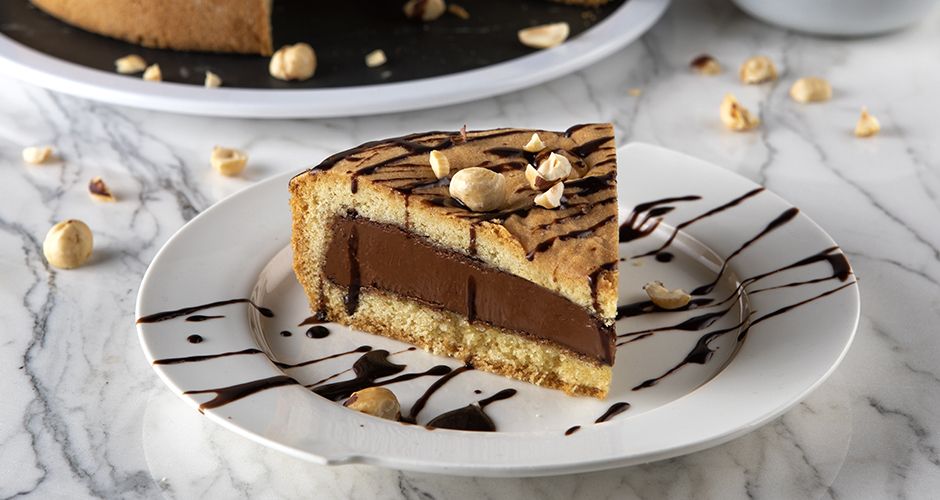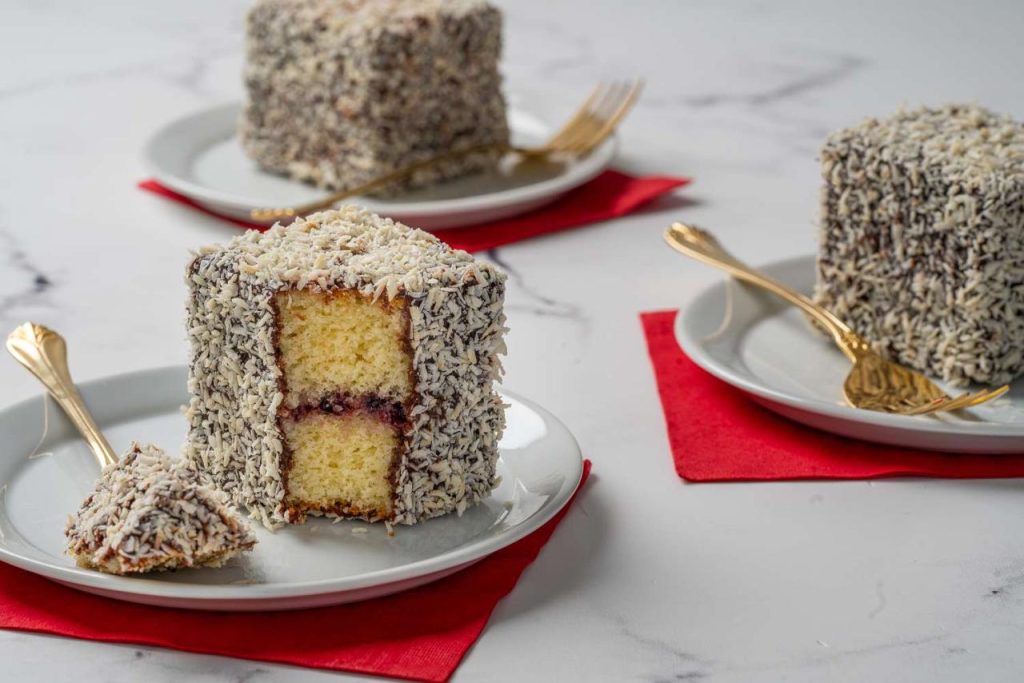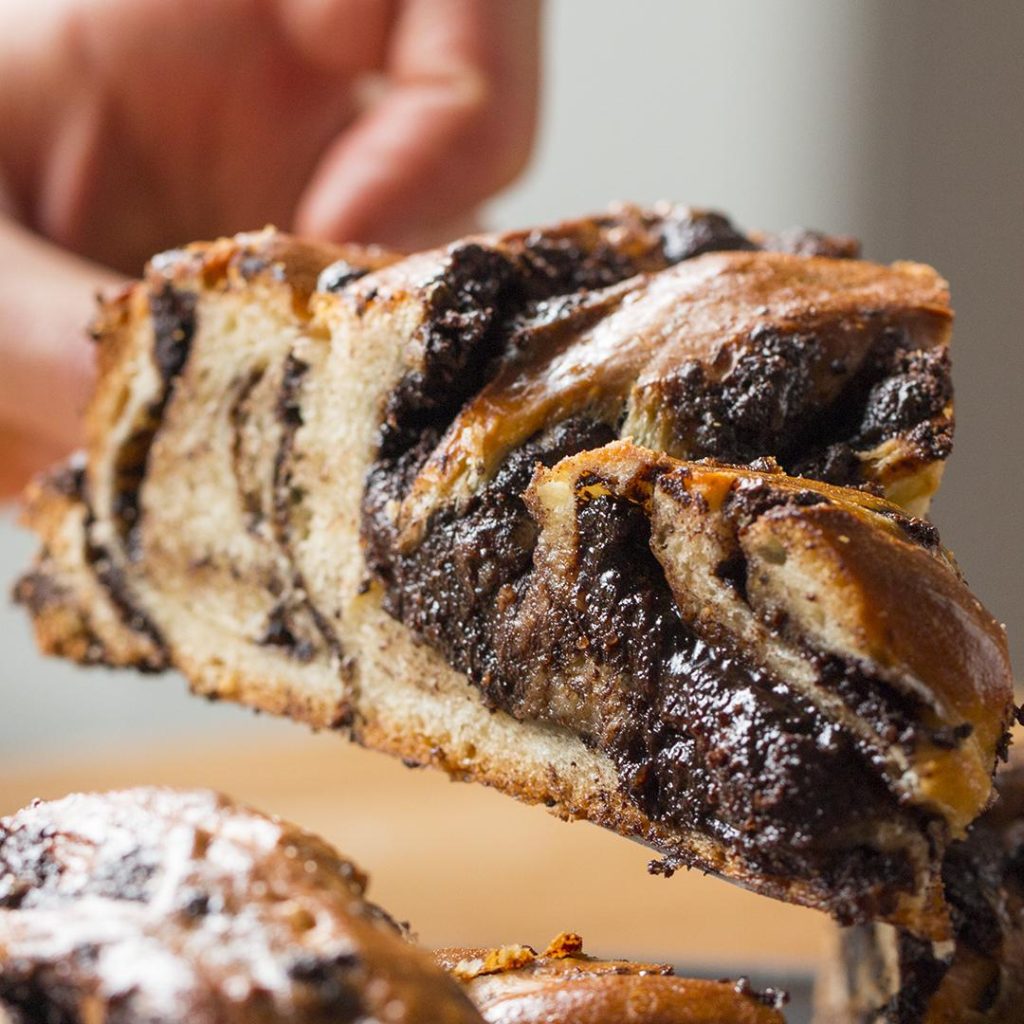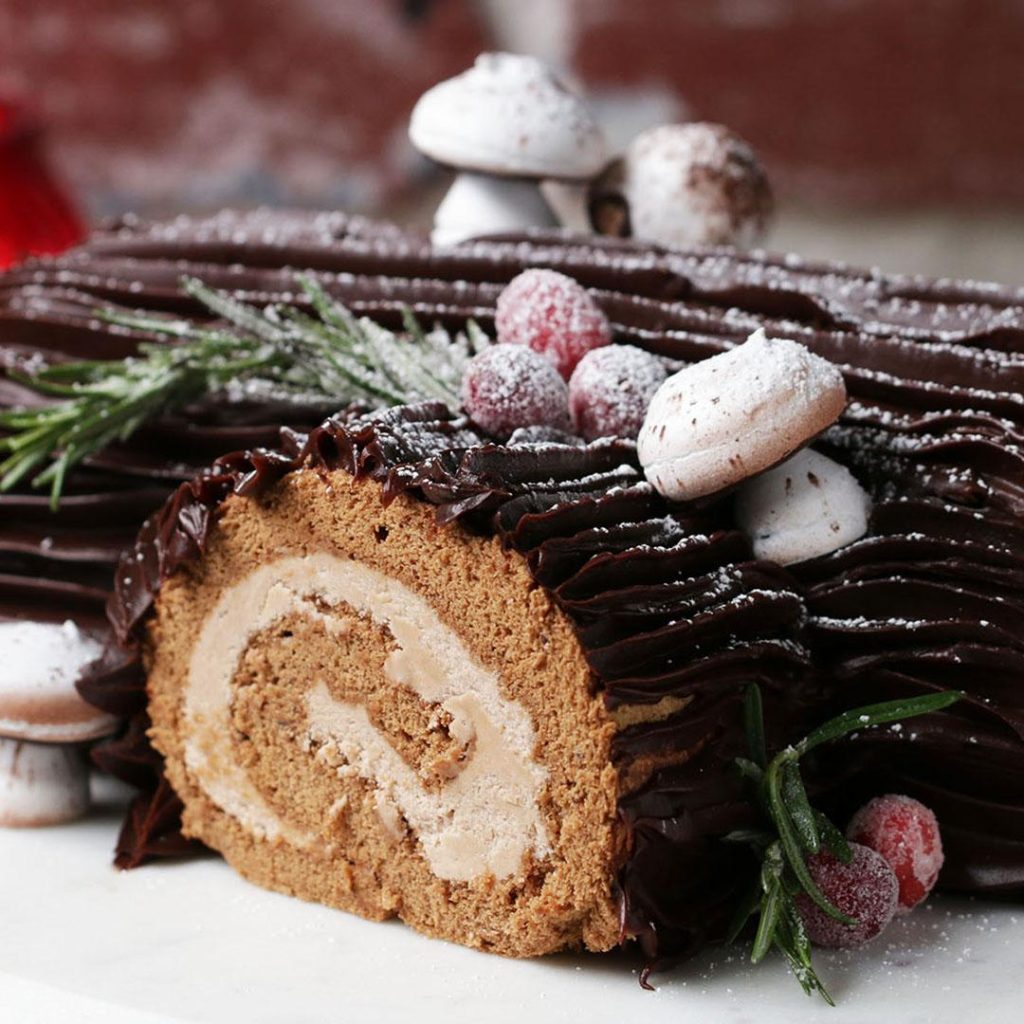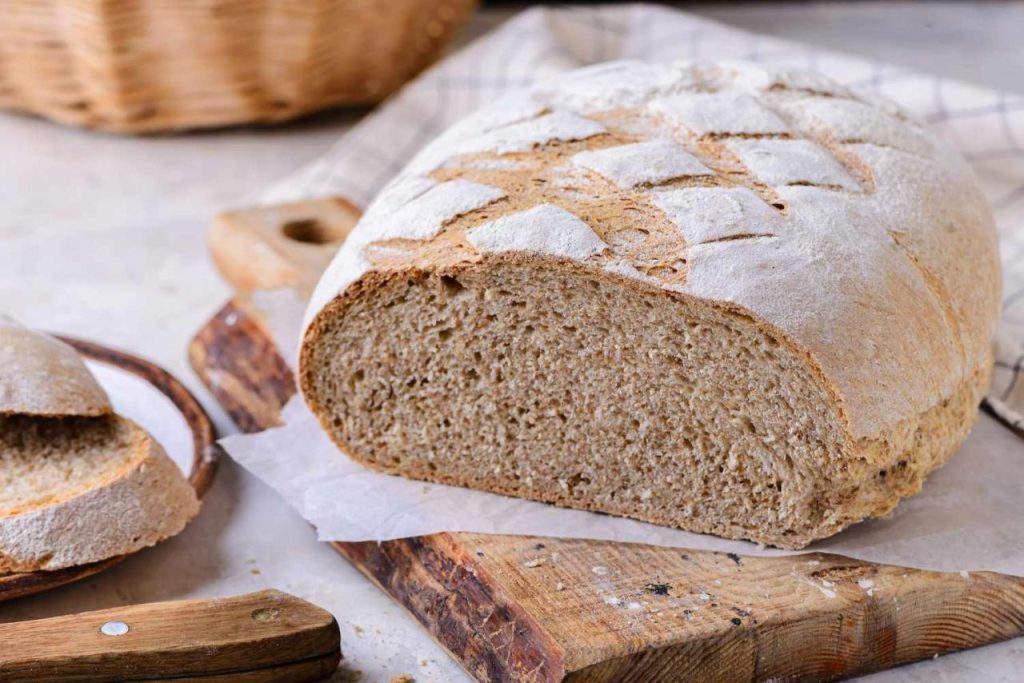Welcome to Food Easy Recipes comprehensive guide to Provolone cheese! Whether you’re a seasoned cheese connoisseur or just starting to explore the world of cheese, this blog is for you. Provolone cheese has a rich history that dates back to Southern Italy, and it has become a beloved staple in many households around the world. In this blog, we will take you on a journey through the history of Provolone cheese, explore the different varieties available, and provide tips on how to serve and cook with this delicious cheese. So, grab a glass of wine and get ready to indulge in all things Provolone!
A Brief History of Provolone Cheese: From Southern Italy to Your Plate
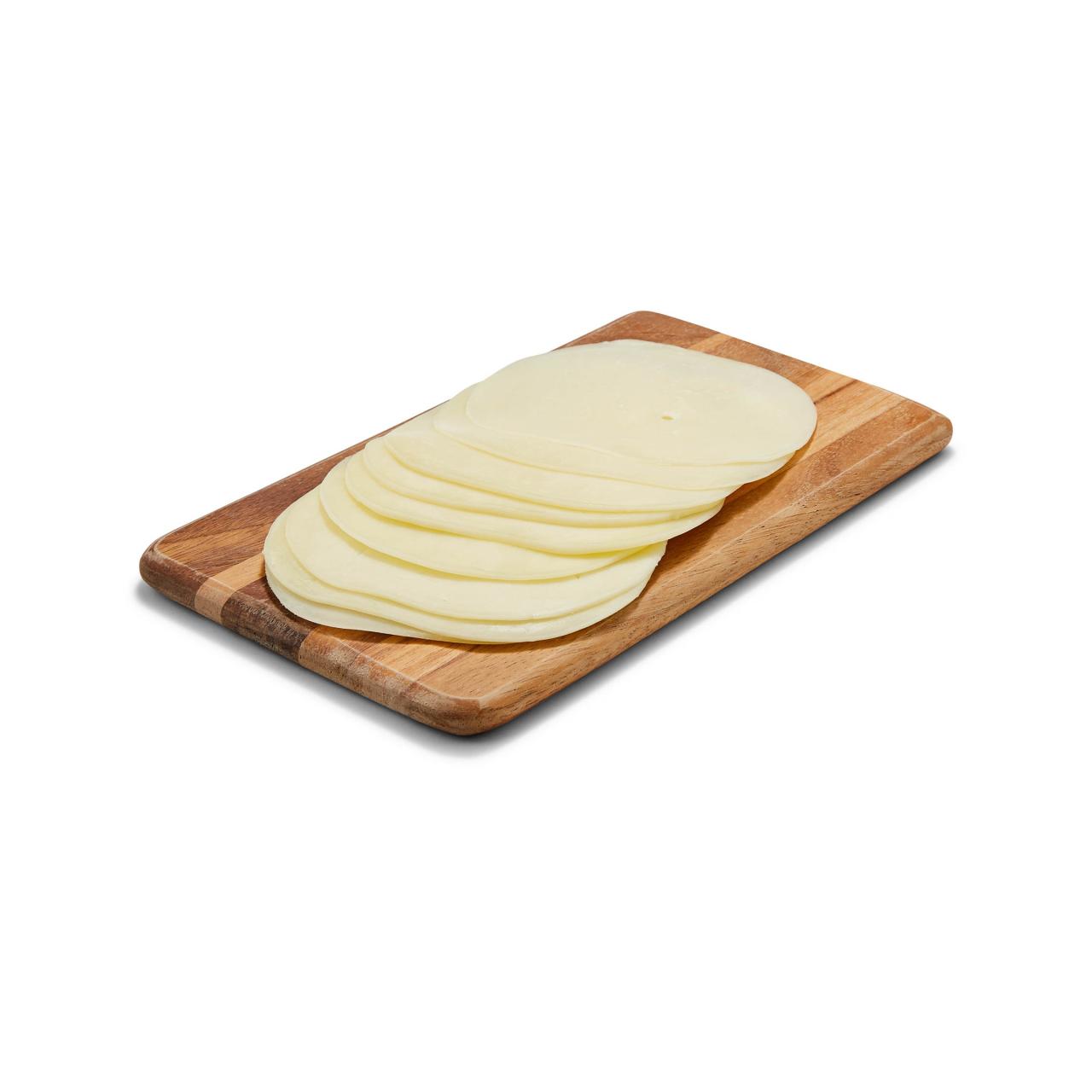
Provolone cheese, a beloved Italian classic, has a rich history that originates from Southern Italy, specifically the regions of Campania and Basilicata. This semi-hard cheese comes in two main varieties: Provolone Piccante, which has a sharp and tangy flavor, and Provolone Dolce, which has a mild and creamy taste with subtle hints of butter and milk.
Provolone Dolce is a versatile cheese that is perfect for melting, grating, or slicing. It is often enjoyed in sandwiches, salads, or as a melting cheese for pasta and pizza. On the other hand, Provolone Piccante is aged for a minimum of four months, resulting in a sharper and more robust flavor with nutty and fruity undertones. It has a firmer texture and can be crumbled or sliced. Provolone cheese, such as BelGioioso Provolone, is never smoked or bleached, ensuring the highest quality and authentic flavor.
Caciocavallo cheese, another semi-hard cheese from Southern Italy, has its roots in regions like Calabria, Basilicata, and Campania. It is known for its unique pear-like shape, which comes from the traditional cheese-making process of hanging the cheese to age. Similar to Provolone, Caciocavallo comes in both mild and sharp varieties.
Caciocavallo cheese has a milder flavor compared to Provolone Piccante. It is often described as having a mild, creamy, and milky flavor. This aromatic cheese is perfect for a cheese platter, grated over pasta, or served alongside cured meats and olives.
Both Provolone and Caciocavallo cheeses are hand-cut daily, ensuring the freshest and highest quality cheese for your culinary creations. They are made from cow’s milk and use calf’s rennet for the cheese-making process. Provolone cheese has a golden-yellow and shiny rind, while Caciocavallo cheese has a unique pear shape.
Understanding the Different Varieties of Provolone: Dolce vs. Piccante
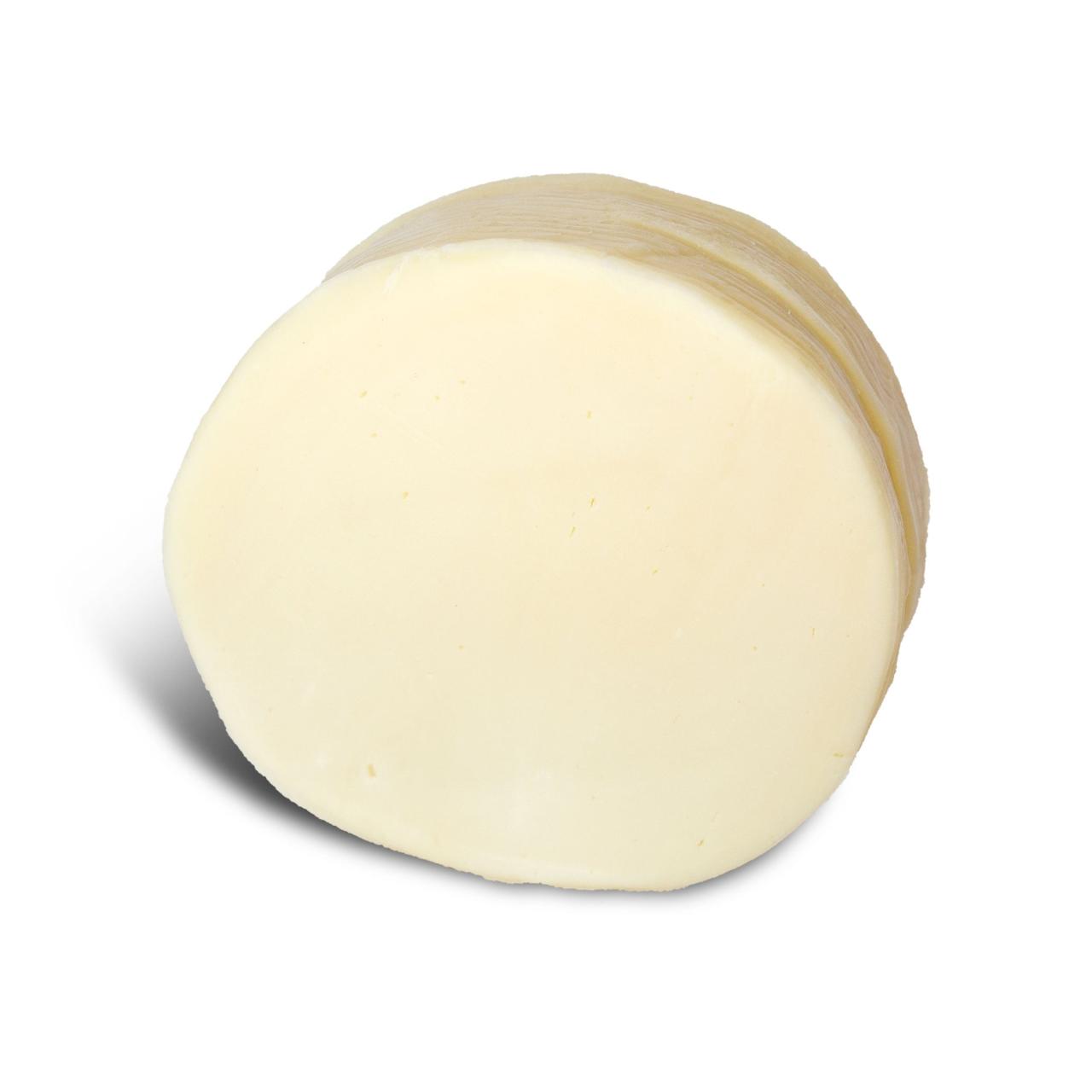
Provolone, a popular cheese originating from Southern Italy, is loved and savored around the world. This semi-hard cheese falls under the family of Italian stretched curd cheeses, which also includes Mozzarella. Provolone comes in two distinct varieties: Dolce and Piccante, each with its own unique characteristics.
Provolone Dolce, also known as the “gentle delight,” is the younger and milder type of Provolone. Aged for two to three months, it retains a smooth and supple texture, setting it apart from other types of Provolone. Provolone Dolce offers a mild and buttery flavor, making it a versatile cheese suitable for a variety of dishes, from grilled cheese sandwiches to salads.
On the other hand, aged Provolone, or Provolone Piccante, is the sharper and more mature sibling. Aged for over four months, and sometimes even more than a year, Provolone Piccante has a robust flavor profile. The use of goat lipase and sometimes kid or lamb rennet during the maturation process results in a more crumbly texture and a spicy, savory flavor. Despite its sharper taste, Provolone Piccante melts well, making it an excellent choice for cooking, particularly as a topping for pizzas or baked pasta dishes.
Despite their differences, both Provolone Dolce and Provolone Piccante are loved for their unique flavor profiles and versatility. They can be used in a variety of dishes, ranging from traditional Italian recipes to creative culinary creations. Whether you prefer the mild and buttery taste of Provolone Dolce or the sharp and spicy flavor of Provolone Piccante, both varieties of Provolone are sure to add a delightful twist to your meals.
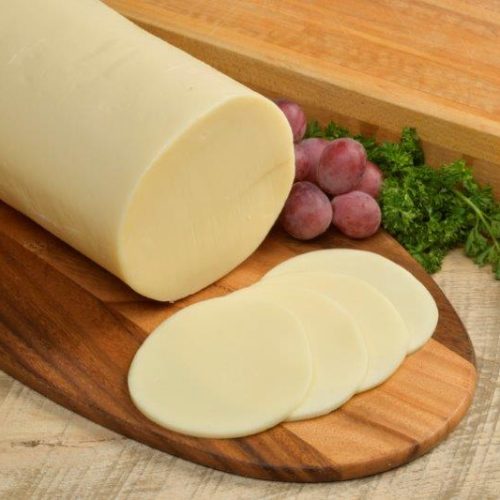
Provolone Cheese recipe
Ingredients
- Milk: High-quality preferably raw milk is essential for making good cheese. The quantity will depend on how much cheese you want to produce, but generally, you can expect to get about 1 pound of cheese from 10 pounds of milk.
- Starter Culture: This is a mix of bacteria that kickstarts the fermentation process by converting lactose in the milk into lactic acid. The specific type of starter culture used can influence the flavor and texture of the cheese.
- Rennet: Rennet is an enzyme that aids in coagulating the milk turning it from a liquid into a gel-like solid. You can use animal or vegetable rennet, or microbial alternatives.
- Salt: Salt is used in the brining stage to help preserve the cheese and enhance its flavor. It also plays a role in the formation of the cheese's rind.
- Water: Water is used in the brining stage. It should be non-chlorinated as chlorine can interfere with the cheese-making process.
- Cheese Mold: While not an ingredient per se you will need a cheese mold to shape your cheese.
Instructions
- Sanitize Your Equipment: Ensure that all your equipment is thoroughly cleaned and sanitized. This includes pots, cheesecloth, molds, thermometers, and other tools. This is to prevent the introduction of unwanted bacteria into the cheese-making process.
- Heat the Milk: Pour the milk into a large, stainless steel pot and heat it slowly until it reaches approximately 95 degrees Fahrenheit (35 degrees Celsius).
- Add Starter Culture: Once the milk reaches the desired temperature, add the starter culture and stir gently. The starter culture helps convert lactose into lactic acid, which is crucial for curd formation.
- Add Rennet: After allowing the milk and starter culture to rest for a minute, add the rennet. Rennet is an enzyme that further aids in curdling the milk.
- Cut the Curd: After the milk has set (usually in about 45 minutes to 1 hour), cut the curd into small pieces using a long knife or curd cutter. This helps expel whey from the curd.
- Cook the Curd: Slowly heat the curds to around 105-108 degrees Fahrenheit (40-42 degrees Celsius) while gently stirring. This further expels whey and firms up the curds.
- Drain the Whey: Remove as much whey as possible by pouring the curds into a cheesecloth-lined colander.
- Mold and Press: Place the curds in a cheese mold, apply pressure, and allow the cheese to rest. This helps shape your cheese and remove residual whey.
- Brine the Cheese: After pressing, immerse the cheese in a brine solution for several hours. This process helps preserve the cheese and enhance its flavor.
- Aging: Finally, age the Provolone cheese in a cool, humid environment for at least 2-3 months.
Video
Notes
How to Serve Provolone Cheese: Pairing Suggestions and Cheese Boards
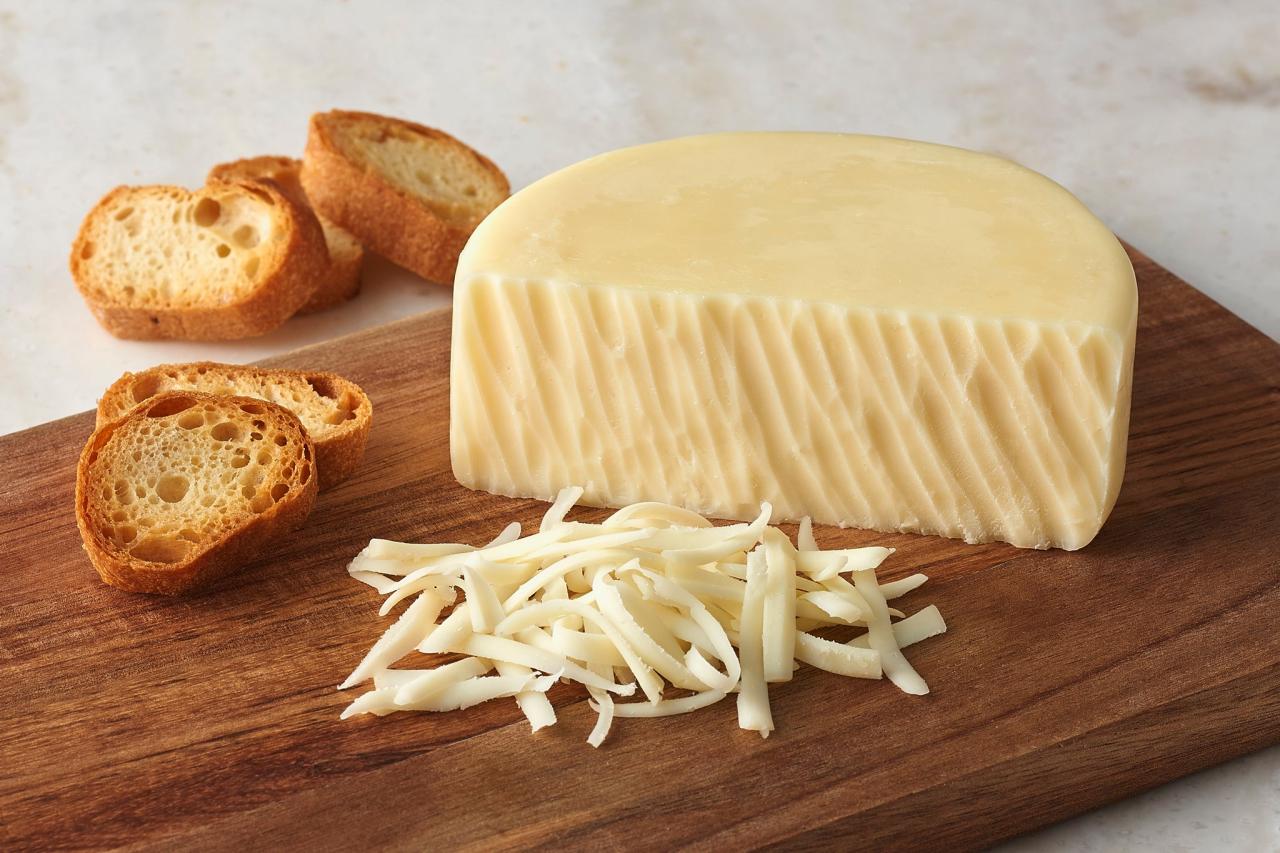
Presentation is key when serving provolone cheese on a cheese board. Not only does it need to taste delicious, but it should also look visually appealing and appetizing. To achieve this, consider pairing provolone cheese with a variety of salami and cured meats. This not only adds texture and flavor to the cheese board but also complements the sharp and tangy flavor of the provolone.
When serving the meats, you can choose to pre-slice some of the sausages or provide a knife for guests to slice their own. This adds an interactive element to the cheese board and allows guests to customize their portions.
In terms of the cheese itself, opt for a variety of shapes such as wedges, blocks, and rounds. This adds visual interest to the cheese board and creates a more dynamic presentation. Additionally, choose cheeses with different colors such as orange, blue, and bloomy white. This adds a pop of color to the cheese board and makes it more visually appealing.
When selecting the cheese and meats, don’t overthink it. Choose options that appeal to your palate and that you enjoy eating. Ultimately, the most important thing is to create a cheese board that you and your guests will love. So have fun experimenting with different combinations and trust your own taste preferences.
Cooking with Provolone Cheese: Delicious Recipes and Tips
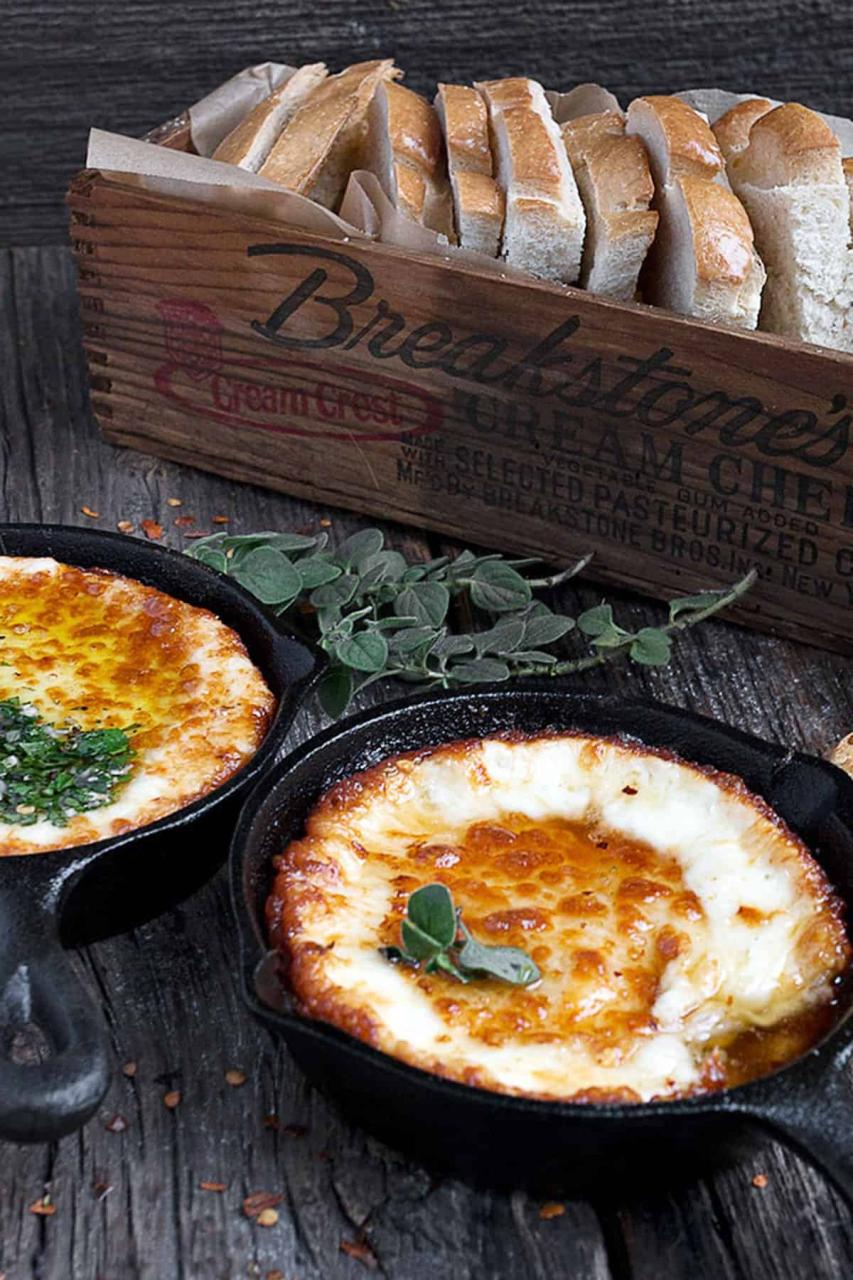
If you’re a cheese enthusiast looking to add a delicious twist to your dishes, then cooking with provolone cheese is a must-try. Provolone cheese is a versatile ingredient that can elevate the flavor of your recipes with its rich and creamy taste.
One of the great things about provolone cheese is its ability to melt perfectly, making it an ideal topping for pizzas, sandwiches, and burgers. The gooey texture and sharp tangy flavor of melted provolone cheese can take your favorite dishes to the next level.
But provolone cheese isn’t just for melting. It can also be used in baked dishes such as casseroles and pasta bakes. The creamy texture and mild flavor of provolone cheese complement other ingredients like tomatoes, basil, and cured meats, making it a perfect addition to Italian-inspired dishes.
Speaking of Italian cuisine, classic Italian dishes like chicken Parmesan or stuffed peppers can be made even more delicious with the addition of provolone cheese. The sharp and spicy flavor of aged provolone cheese pairs perfectly with these hearty dishes, adding depth and complexity to every bite.
When cooking with provolone cheese, don’t be afraid to experiment with different types. Smoked or aged provolone cheese can add a unique smoky or nutty flavor to your recipes, taking them to a whole new level of deliciousness.
The best part is that provolone cheese is easily accessible at most grocery stores and is a budget-friendly option for cooking at home. So, whether you’re a seasoned chef or a beginner in the kitchen, provolone cheese is a great ingredient to have on hand for adding a cheesy twist to your meals.
In Conclusion
In conclusion, Provolone cheese is a versatile and delicious cheese that has a long and rich history. Whether you prefer the mild and creamy Dolce variety or the sharp and tangy Piccante variety, there are endless possibilities for serving and cooking with Provolone cheese. From pairing it with fruits and nuts on a cheese board to melting it into a gooey grilled cheese sandwich, Provolone cheese is sure to satisfy any cheese lover’s cravings. So go ahead, explore the world of Provolone cheese and discover new ways to enjoy this Italian classic. Buon appetito!
